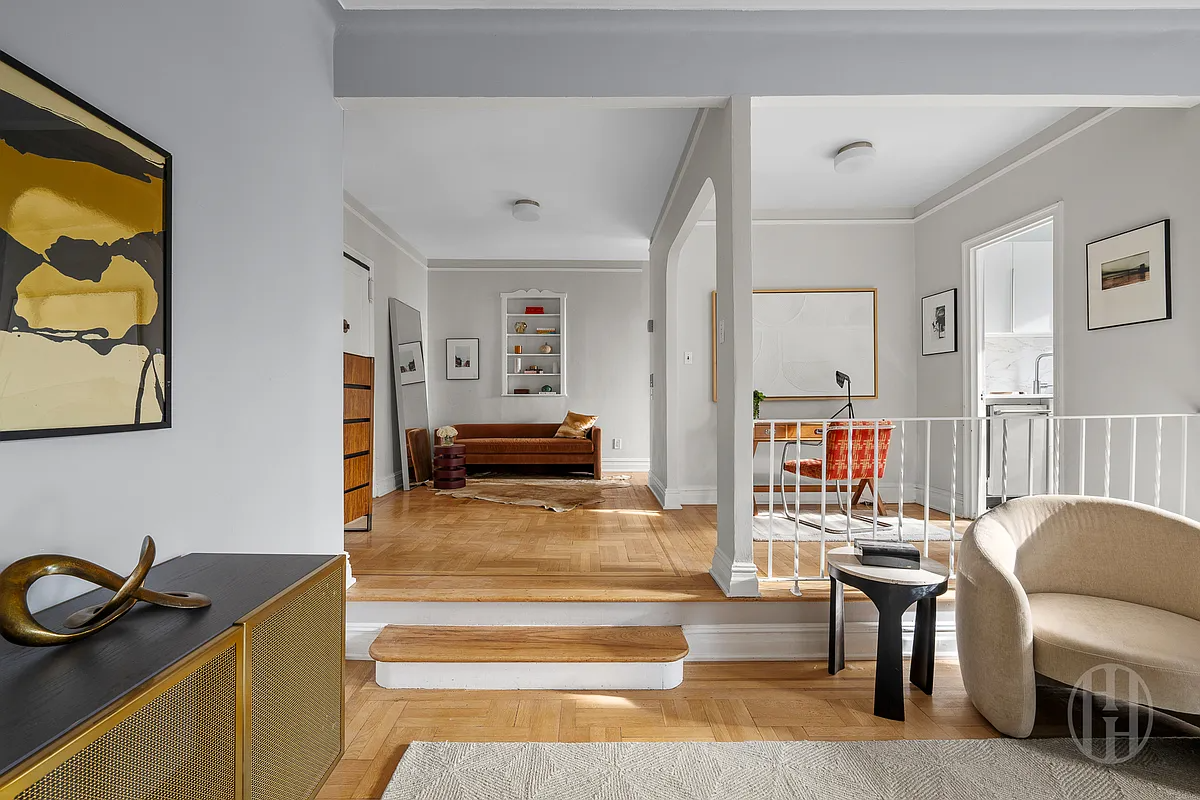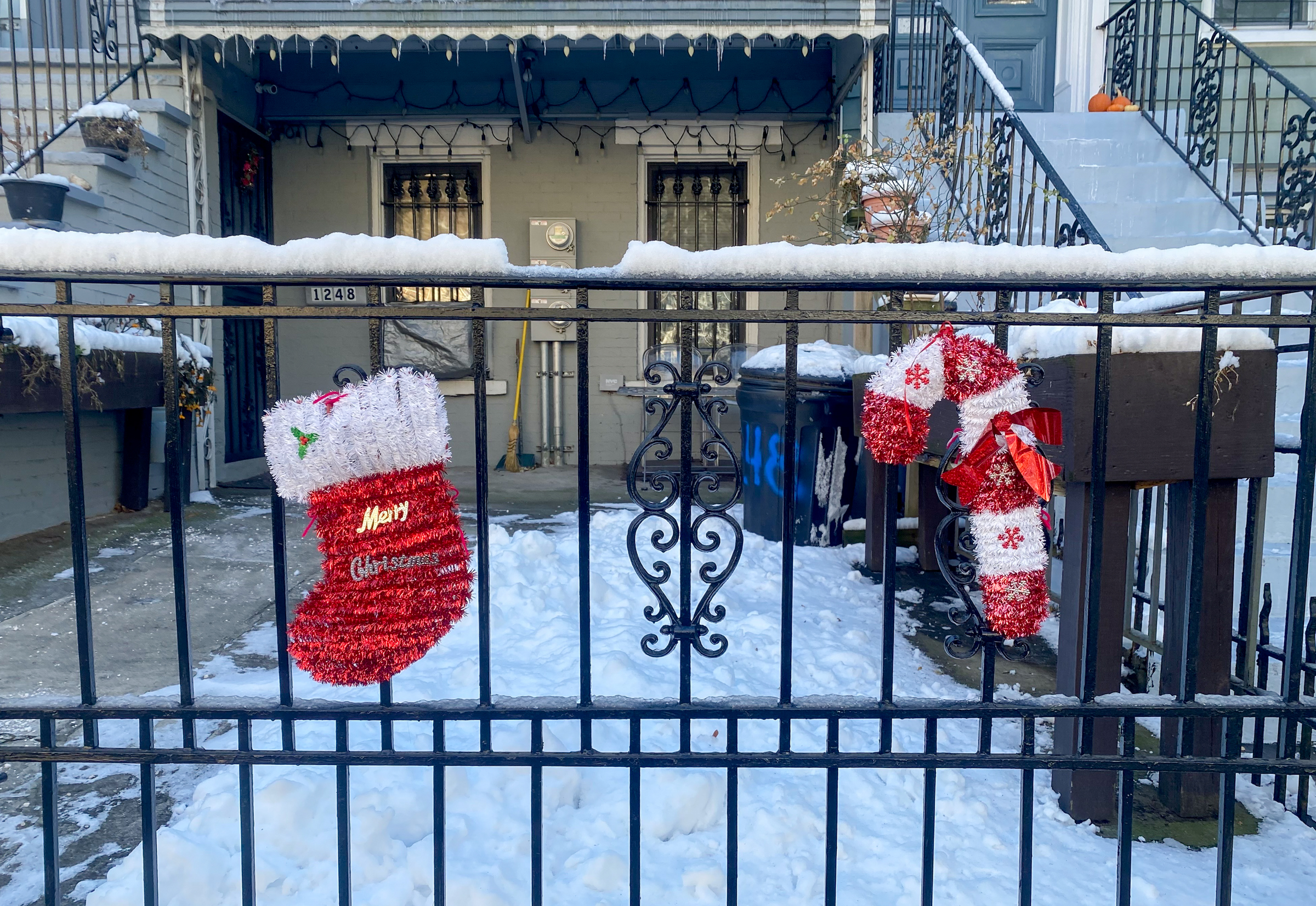Widget Underprices for Third Straight Time
On the heels of yesterday’s discussion about the price widget prediction falling short for the second time, a reader sent us a third data point. Once again, the average appraisal fell far short of the selling price. After being listed for $899,000, 29 Maple Street received an average prediction of $727,425 from readers; the house…


 On the heels of yesterday’s discussion about the price widget prediction falling short for the second time, a reader sent us a third data point. Once again, the average appraisal fell far short of the selling price. After being listed for $899,000, 29 Maple Street received an average prediction of $727,425 from readers; the house closed for $830,00 on July 6, 2009. Maybe the fact that the average prediction is, thus far, falling so far of the sales price makes perfect sense. After all, the seller only needs one good buyer, and anyone putting in a bid is probably going to like the house more than the average reader. In this case, it looks like somewhere around 20 to 25 percent of the votes cast were at or above the actual sales price. Maybe we should switch to using the median and noting the three quartile break-points. Could it be that the top quartile is really the predictive number? We’ll wait for a few more data points before overhauling but it’s certainly feeling like that may be the more useful way to parse the data.
On the heels of yesterday’s discussion about the price widget prediction falling short for the second time, a reader sent us a third data point. Once again, the average appraisal fell far short of the selling price. After being listed for $899,000, 29 Maple Street received an average prediction of $727,425 from readers; the house closed for $830,00 on July 6, 2009. Maybe the fact that the average prediction is, thus far, falling so far of the sales price makes perfect sense. After all, the seller only needs one good buyer, and anyone putting in a bid is probably going to like the house more than the average reader. In this case, it looks like somewhere around 20 to 25 percent of the votes cast were at or above the actual sales price. Maybe we should switch to using the median and noting the three quartile break-points. Could it be that the top quartile is really the predictive number? We’ll wait for a few more data points before overhauling but it’s certainly feeling like that may be the more useful way to parse the data.
House of the Day: 29 Maple Street [Brownstoner]
29 Maple Street [Brown Harris Stevens] GMAP P*Shark
Bearish Brownstoners Miss Mark on 2nd Street Sale [Brownstoner]





Widgets don’t underprice properties, Bears that don’t know the market do.
IMHO, for the widget to be effective, the average guess and the graph should be hidden while people are voting and only revealed the morning after. Otherwise we have the anchoring bias at work. According to Tversky and Kahnemann:
“In many situations, people make estimates by starting from an initial value that is adjusted to yield the final answer. The initial value, or starting point, may be suggested by the formulation of the problem, or it may be the result of a partial computation. In either case, adjustments are typically insufficient That is, different starting points yield different estimates, which are biased toward the initial values. We call this phenomenon anchoring.”
Since the listing price is there, the game is essentially who can get the right discount (as opposed to the situations where the guesses would be both below and above the target). A few early “overdiscounters”, and you’ve got your anchor.
“Widget Underprices for Third Straight Time”
No, buyer overprices for Third Straight Time (Widget overprices too). Seller would never buy back at same price. He/she took money and ran (hat off – more should do same before too late).
***Bid half off peak comps***
To continue yesterdays discussion, Miss Muffet is just convinced that high prices are immoral. While this may be true, it has no bearing on the market.
A median is generally the way to go when there is the possibility of great unequal distribution. Generally household income is looked at using the median due to this reason.
If using the mean, taking a look at the standard deviation might help to get a feel for the margin of error.
Although the widget is highly unscientific to begin with, one glaring problem is the inclusion of the asking price in the HOTD posts. Obviously this is information necessary in the interests of the blog but it automatically skews the data.
Those who live in the neighborhood bid much higher than it’s worth, those who don’t bid lower than they think it’s worth. There’s moral hazard with it in respect to increasing your own neighborhood’s price.
I don’t think the top quartile would be predictive., but the top percentile should be, assuming it’s not from a troll but from someone who is serious about what they’d be willing to pay. I know when I sell my house it will be to the person whose offer is in the 99th percentile. I’d be kinda stupid otherwise.
Statistical significance is not merely a function of sample size. There are tests you run on data to determine whether the results are significant. The sample size needed to establish significance will vary depending upon the consistency and strength of the data. The more consistent and powerful the results are, the fewer data points you need to establish significance.
That said, Mr. B, if you go back through last week’s widget thread, you will find that some commenters posted additional data points, all of which point in the same direction.
I think median and quartile points would be much more useful — after all if 25% of a decent sample is pricing close to ask, then it is much more likely to be indicative of one actual buyer at the point.
OTOH, it would seem that these three sales are also of houses that — at least according to the comments — showed well. This may be data that houses with little work needed will move at close to ask (which is usually 10-20% below peak asks) or with due speed, but that for those houses which need more work, it will stay/has stayed on the market longer and its ask more likely will come down.